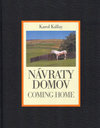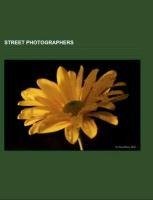
-
 Anglický jazyk
Anglický jazyk
Street photographers
Autor: Source: Wikipedia
Source: Wikipedia. Pages: 58. Chapters: Martin Parr, Brassaï, Hiroh Kikai, Henri Cartier-Bresson, Robert Doisneau, Tadahiko Hayashi, Ihei Kimura, Nikos Economopoulos, Ken Domon, Yutaka Takanashi, Michael Wolf, Robert Frank, Manuel Rivera-Ortiz, Toyoko Tokiwa,... Viac o knihe
Na objednávku, dodanie 2-4 týždne
18.90 €
bežná cena: 21.00 €
O knihe
Source: Wikipedia. Pages: 58. Chapters: Martin Parr, Brassaï, Hiroh Kikai, Henri Cartier-Bresson, Robert Doisneau, Tadahiko Hayashi, Ihei Kimura, Nikos Economopoulos, Ken Domon, Yutaka Takanashi, Michael Wolf, Robert Frank, Manuel Rivera-Ortiz, Toyoko Tokiwa, Yasuhiro Ishimoto, Homer Sykes, Daido Moriyama, Willy Ronis, W. Eugene Smith, Jeff Wall, Vivian Maier, Alfred Eisenstaedt, Shigeichi Nagano, Louis Stettner, Jens Olof Lasthein, George Georgiou, Haruo Tomiyama, William Klein, Garry Winogrand, Seiji Kurata, Raghu Rai, Kineo Kuwabara, Christophe Agou, Nobuyoshi Araki, Mark Cohen, Nakaji Yasui, Bruce Gilden, Trent Parke, Arthur Leipzig, David Solomons, Joel Meyerowitz, Yutokutaishi Akiyama, Louis Mendes, Maciej Dakowicz, Boris Savelev, Mark Powell, Hiroshi Hamaya, Issei Suda, Richard Kalvar, Mitsugu Onishi, Shigeo Gocho, Takeyoshi Tanuma, Osamu Kanemura, Masatoshi Naito. Excerpt: Hiroh Kikai Kikai Hiroo, born 1945) is a Japanese photographer best known within Japan for three series of monochrome photographs: scenes of buildings in and close to Tokyo, portraits of people in the Asakusa area of Tokyo, and rural and town life in India. He has pursued each of these for over two decades, and each has led to two or more book-length collections. Although previously a respected name in Japanese photography, Kikai was not widely known until 2003, when the first edition of his book Persona, a collection of Asakusa portraits, won both the Domon Ken Award and Annual Award of the PSJ. In 2009, the ICP and Steidl copublished Asakusa Portraits for an international market. Kikai was born in the village of Daigo (now part of Sagae, Yamagata Prefecture) on 18 March 1945 as the seventh and last child (and fifth son) of the family. He had a happy childhood, from the age of 11 or so preferring to play by himself in the nature that surrounded the village. He graduated from high school in 1963 and worked in Yamagata for a year, and then went to Hosei University in Tokyo to study philosophy. As a student he was keen on the cinema - he particularly enjoyed the films of Andrzej Wajda, who would later contribute essays to some of his books, and Satyajit Ray - and has said that he would have worked in film production if it did not require writing, a task he has never enjoyed, and money, which he lacked. Immediately after his graduation in 1968, Kikai worked for two years as a truck driver and for two in a shipyard. Meanwhile he stayed in touch with his philosophy professor from his university days, Sadayoshi Fukuda, whose interests extended to writing a regular column for the magazine Camera Mainichi; he introduced Kikai to its editor, Shoji Yamagishi, who showed him photographs by Diane Arbus that made a great impact on Kikai. Kikai started to take photographs in 1969. At that time (when a university graduate could expect to earn ¥40,000 per month), a Hasselblad SLR c
- Vydavateľstvo: Books LLC, Reference Series
- Rok vydania: 2014
- Formát: Paperback
- Rozmer: 246 x 189 mm
- Jazyk: Anglický jazyk
- ISBN: 9781233110438
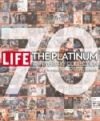
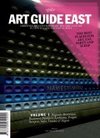
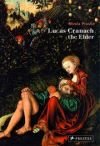
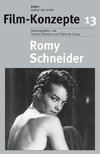

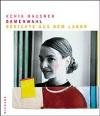
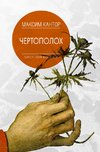
 Ruský jazyk
Ruský jazyk 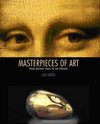
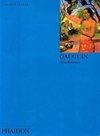
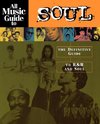
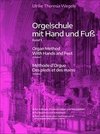
 Nemecký jazyk
Nemecký jazyk 
